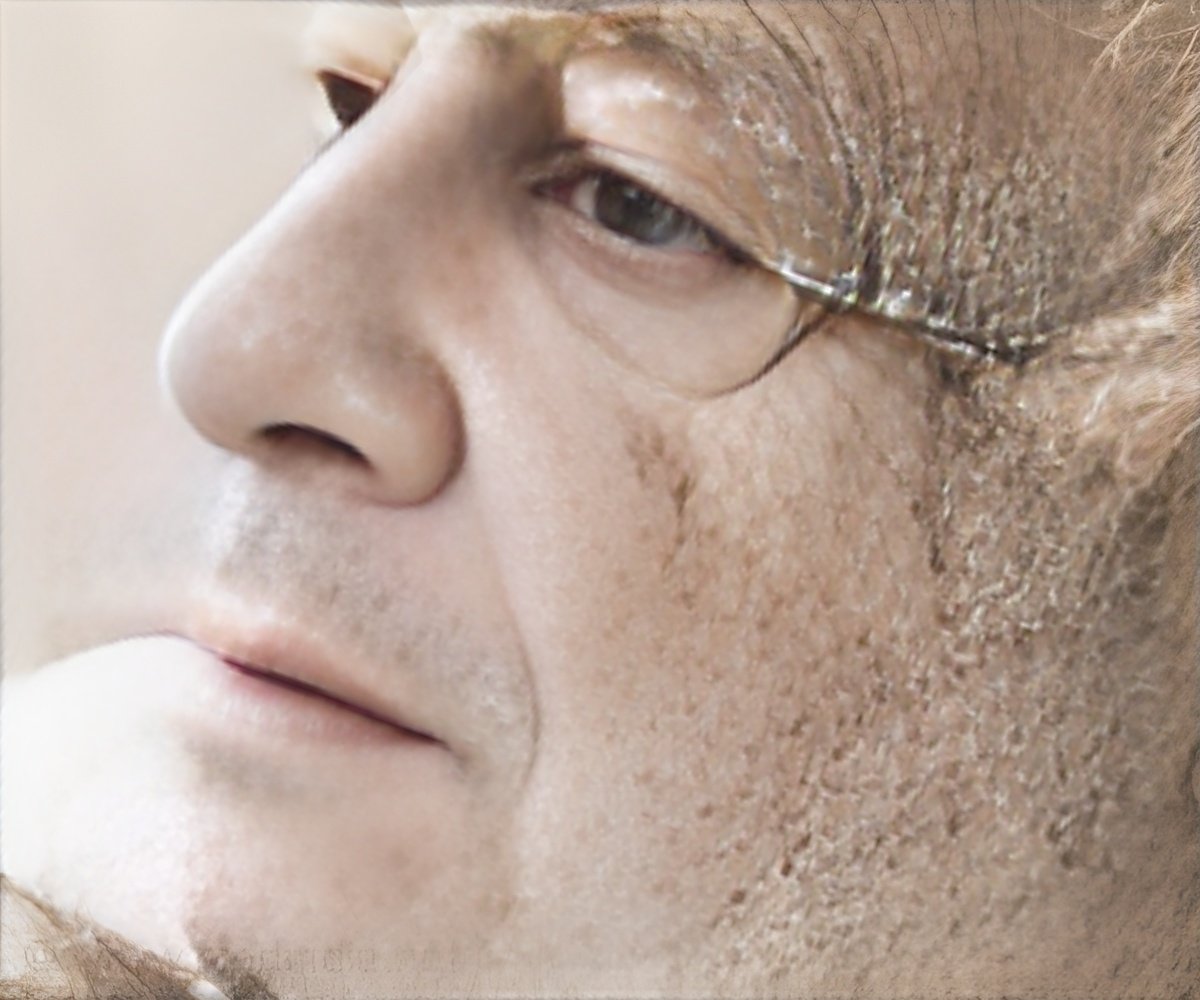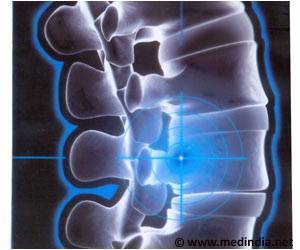
"Hand-grip strength is easily measured and data on hand-grip strength now can be found in many of the most important surveys on aging worldwide," says Sanderson. The study also demonstrates how such a test could be used as a measure for aging to compare different population groups. The study used data from one such survey, the United States Health and Retirement Survey (HRS), to show how this could be done. Scherbov says, "We found that based on this survey, a 65-year-old white women who had not completed secondary education has the same handgrip strength as a 69-year-old white women who had completed secondary education."
This suggests that according to a handgrip strength characteristic their ages are equivalent and 65 year-old women ages 4 years faster due to lower education attainment. "In a growing body of research funded in part by a new grant from the European Research Council (ERC), Scherbov and Sanderson have begun to define new measures of aging based on people's characteristics, such as their longevity, health, disability status and other important demographic factors." Previous research by Sanderson and Scherbov has shown that measuring age simply by the number of years people have lived does not measure variations in the aging process correctly.
Using new characteristic-based approaches such as the one in this paper, using a physical test like hand-grip, the researchers can identify differences in the aging process between population groups that may not otherwise become apparent. Scherbov says, "Our goal is to measure how fast different groups in a society age. If some group is getting older faster than another, we can ask why that might be and see whether there are any policies that could help the faster aging group."
Source-Eurekalert








